Croatia
Welcome to Croatia
Nestled along the sun-drenched shores of the Adriatic Sea, Croatia is a land where ancient history, vibrant culture, and breathtaking natural beauty converge. In 2025, Croatia stands as one of Europe’s most sought-after travel destinations, captivating visitors with its dazzling coastline, enchanting islands, and a tapestry of experiences that range from medieval towns to pristine national parks. Whether you’re a first-time traveler or a returning admirer, Croatia promises a journey that is as diverse as it is unforgettable.
Croatia, often called the “Jewel of the Adriatic,” is a country that effortlessly blends the old with the new. Its landscape is a mosaic of over a thousand islands, dramatic mountain ranges, and lush valleys, all bordered by the crystal-clear waters of the Adriatic. The country’s rich history is etched into its cities—think Dubrovnik’s imposing medieval walls, Split’s Roman palaces, and Zagreb’s Austro-Hungarian elegance. Yet, Croatia is not just about the past; its vibrant café culture, innovative cuisine, and lively festivals make it a dynamic destination for modern travelers.
A Tapestry of Experiences in One Destination
Few countries pack as much variety into such a compact area as Croatia. In a single trip, you can wander through ancient Roman ruins in Split, bask on the sun-soaked beaches of Brač, hike through the lush forests and lakes of Plitvice, and savor truffle-infused dishes in the hilltop towns of Istria. The country’s coastline stretches for over 1,100 miles, dotted with more than a thousand islands—each with its own character, from the glamorous nightlife of Hvar to the tranquil, untouched beauty of Vis.
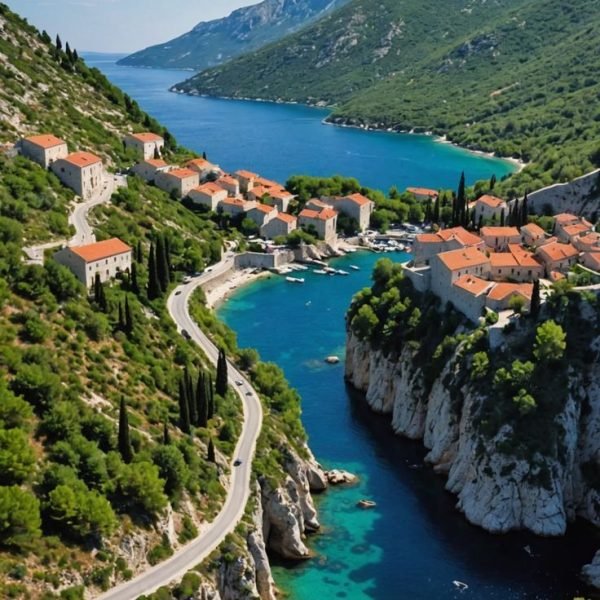
Authenticity and Warmth Amid Growing Popularity
Despite its rising fame, Croatia has managed to retain its authentic charm. While hotspots like Dubrovnik and Split draw crowds, countless lesser-known towns and islands offer a more intimate experience. Here, you can stroll through quiet stone villages, sample local wines in family-run vineyards, and join in centuries-old festivals that celebrate Croatia’s rich cultural heritage.
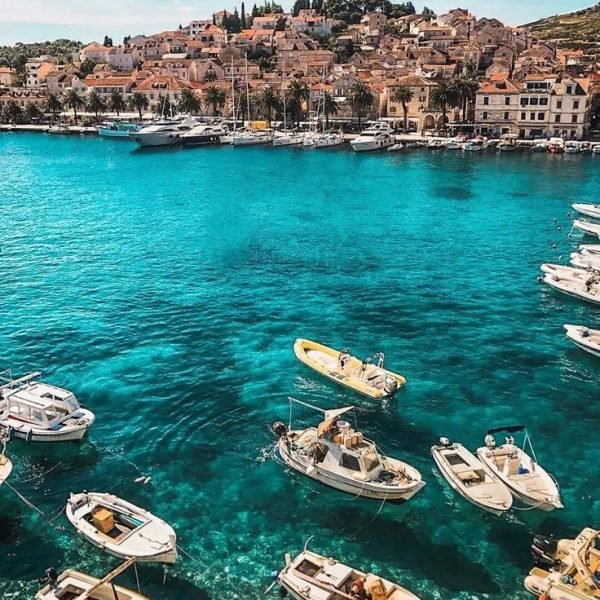
Planning Your Trip
Visa Information
As of January 1, 2023, Croatia is a full member of the Schengen Area, which means its visa policy aligns with the broader Schengen rules. This is a significant update for travelers, as it streamlines entry for many and clarifies the process for those who need a visa.
- Who Needs a Visa?
If you are a citizen of the European Union, Schengen Area, or one of about 60 countries with visa exemption agreements (including the US, UK, Canada, Australia, Japan, and more), you can enter Croatia visa-free for up to 90 days within any 180-day period. You’ll need a biometric passport valid for at least 90 days after your planned departure from the Schengen zone. - Schengen Visa Holders:
If you already have a valid Schengen visa (type A or C), you can use it to enter Croatia, provided your total stay in the Schengen area does not exceed 90 days in any 180-day period. - ETIAS Authorization:
Starting in 2024, travelers from visa-exempt countries must apply for ETIAS (European Travel Information and Authorization System) online before arrival. This is a quick, electronic travel authorization, not a visa, and is required for short stays. - Applying for a Visa:
If you are not from a visa-exempt country, you must apply for a Schengen visa at the nearest Croatian embassy, consulate, or authorized visa application center. For example, Nigerian citizens can apply at the Croatian Embassy in Abuja or through VFS Global. Required documents typically include a completed application form, passport photos, proof of accommodation, travel insurance, and evidence of sufficient funds. - Important Note:
The time spent in Croatia counts toward your total Schengen stay. Overstaying can result in fines or future entry bans, so use the official Schengen calculator to track your days.
Best Time to Visit
Croatia is a year-round destination, but your experience will vary greatly depending on the season. Here’s a breakdown to help you choose the perfect time for your trip:
- May to October: The Golden Window
The best time to visit Croatia is from May through October. This period covers late spring, all of summer, and early fall, offering warm weather, turquoise Adriatic waters, and a lively festival scene.- Shoulder Seasons (May–mid-June, September–mid-October):
These months are ideal for travelers seeking pleasant weather, fewer crowds, and better prices. The sea is warm enough for swimming, and outdoor activities like hiking and cycling are at their best. - Peak Season (mid-June–mid-September):
Expect vibrant energy, bustling beaches, and packed attractions, especially in late July and early August. This is the time for festivals, nightlife, and island-hopping, but book accommodation well in advance. - Winter (November–April):
Croatia’s coastal regions quiet down, with many tourist businesses closing for the season. However, cities like Zagreb come alive with Christmas markets, and the countryside offers a peaceful, authentic experience. Accommodation is cheaper, and you’ll share the sights with locals rather than tourists.
- Shoulder Seasons (May–mid-June, September–mid-October):
- Weather Overview:
- Spring: 9–18°C (48–64°F)
- Summer: 18–28°C (64–82°F)
- Winter: 1–7°C (34–45°F)
Coastal areas are warmer, with sea temperatures peaking in late summer.
Getting To and Around
Getting To Croatia
- By Air:
Croatia is well-connected to major European cities via international airports in Zagreb, Split, Dubrovnik, Zadar, and Pula. Direct flights from other continents are limited, so most travelers connect through European hubs like Frankfurt, Vienna, or London. - By Land:
Croatia shares land borders with Slovenia, Hungary, Serbia, Bosnia and Herzegovina, and Montenegro. International trains and buses link Croatia with neighboring countries, making overland travel straightforward. - By Sea:
Ferries connect Italy (Venice, Ancona, Bari) with Croatian ports like Split, Dubrovnik, and Zadar, especially during the summer.
Getting Around Croatia
Croatia’s compact size and well-developed infrastructure make it easy to explore, whether you’re sticking to the coast or venturing inland.
- By Bus:
Buses are the backbone of public transport, connecting all major cities, towns, and even remote villages. They are reliable, comfortable, and affordable, making them a top choice for budget travelers. - By Train:
The train network is more extensive in northern Croatia, linking cities like Zagreb, Osijek, and Varaždin. The Zagreb–Split route is popular, though slower than buses. Trains are scenic and comfortable, but less frequent on the coast. - By Car:
Renting a car offers the most flexibility, especially for exploring national parks, rural areas, and the Istrian or Dalmatian hinterlands. Croatia’s highways are modern and well-maintained, but be prepared for tolls. Parking in old towns can be tricky, so plan ahead. - By Ferry:
With over a thousand islands, ferries are essential for island-hopping. Jadrolinija and Krilo are the main operators, offering regular passenger and car ferry services between the mainland and islands like Hvar, Brač, Korčula, and Vis. - By Bicycle:
Cycling is increasingly popular, especially along the Dalmatian coast and in national parks. Bike rentals are widely available, and many cities have dedicated bike lanes. - Taxis & Ride-Sharing:
Taxis are available in all major cities, but always confirm the fare before starting your journey. Ride-sharing apps like Uber operate in Zagreb, Split, and Dubrovnik, offering a convenient alternative. - Public Transport in Cities:
Zagreb boasts an efficient tram network, while buses cover most urban areas. Tickets are inexpensive and can be purchased at kiosks or stations.
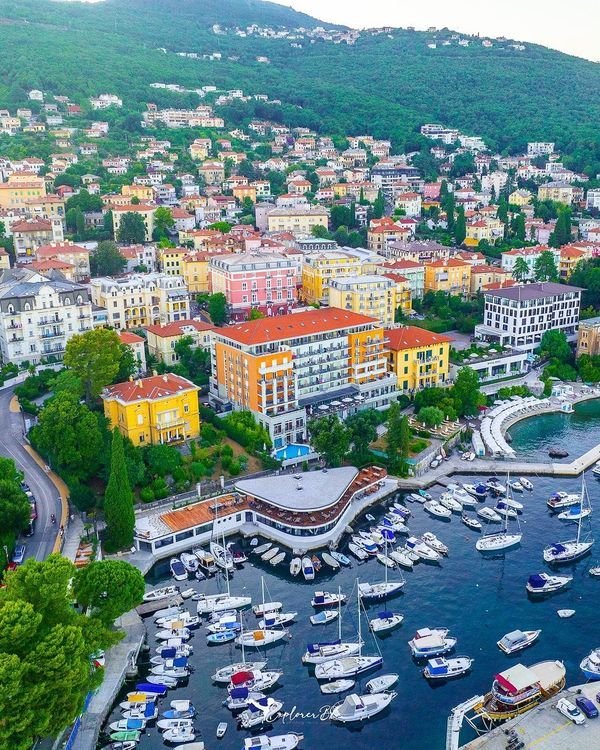
Accommodation
Croatia’s accommodation landscape caters to every type of traveler, from budget backpackers to luxury seekers, families to solo adventurers. The country’s tourism infrastructure has grown steadily, offering a wide range of lodging options that blend comfort, local character, and stunning locations.
Luxury Hotels
Croatia boasts a broad spectrum of hotels, from internationally branded luxury resorts to charming boutique hotels. Coastal cities like Dubrovnik, Split, and Zadar feature upscale hotels with sea views, pools, spas, and fine dining. For example, the Cornaro Hotel in Split is praised for its modern amenities and rooftop bar with spectacular old town views, while Sun Gardens Dubrovnik offers family-friendly facilities including kids’ clubs and multiple pools. In Dubrovnik, Hotel Kompas provides a seafront location with spacious rooms and excellent dining options, perfect for travelers seeking comfort and convenience. For those wanting a blend of luxury and history, the Royal Princess Hotel near Dubrovnik’s Old Town offers elegant suites with sea views and first-class service.
Private Apartments and Holiday Homes:
Renting private apartments or holiday homes is increasingly popular, especially for families or groups wanting more space and flexibility. Platforms like Direct-Croatia.com offer thousands of self-catering apartments across the country, often booked directly with owners to save on agency fees. These range from cozy studios in city centers to large villas on the Dalmatian coast or Istrian countryside. Apartments often come with kitchens, allowing you to prepare your own meals and enjoy a home-away-from-home experience.
Guesthouses and B&Bs
Family-run guesthouses, known locally as “sobe,” provide a warm, authentic experience. These are common in smaller towns and islands, where hosts often share insider tips and homemade specialties. Staying in a guesthouse is a great way to connect with local culture and enjoy personalized hospitality.
Hostels and Budget Stays
For budget travelers, Croatia offers a growing number of hostels, especially in major cities and popular tourist hubs. Many hostels now feature private rooms alongside dormitories, with modern facilities and social atmospheres ideal for meeting fellow travelers.
Camping and Glamping
Nature lovers can choose from numerous campsites along the coast and near national parks. Some sites offer “glamping” options—luxury tents or cabins with comfortable beds and electricity—combining outdoor adventure with comfort.
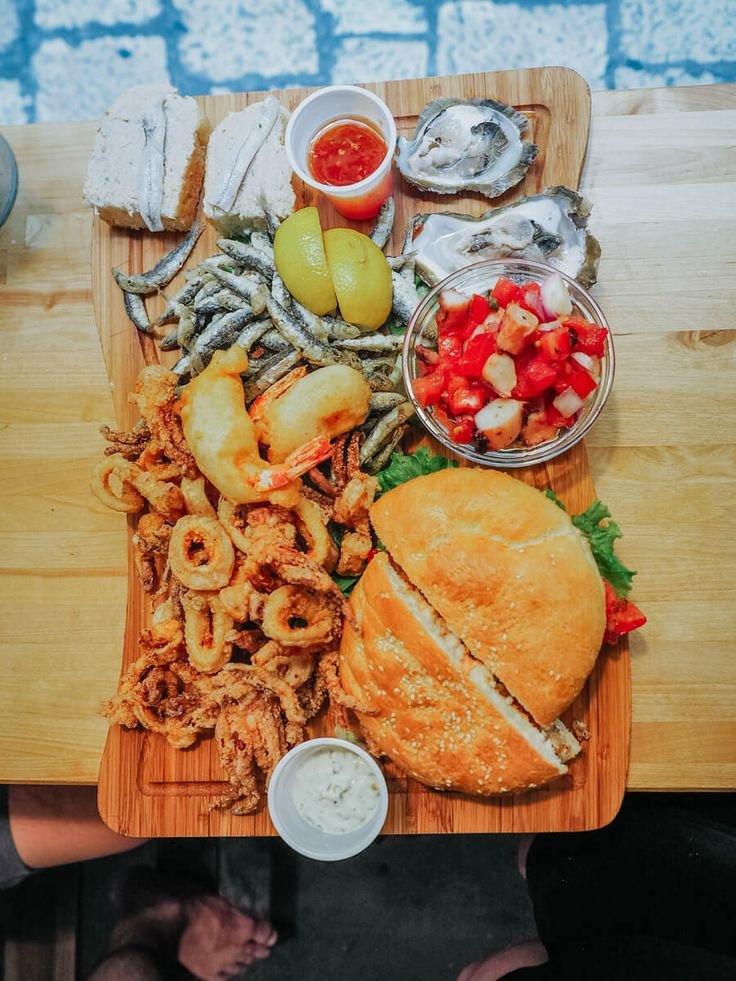
Food and Drink
Croatian cuisine is a delightful reflection of its geography, history, and cultural influences, blending Mediterranean, Central European, and Balkan flavors. In 2025, the food scene continues to evolve, offering everything from traditional dishes to innovative gastronomy.
Regional Culinary Highlights
- Dalmatian Coast:
Seafood dominates here, fresh from the Adriatic. Expect grilled fish, calamari, octopus salad, and shellfish risottos. The famous “peka” is a must-try—a slow-cooked dish of meat or seafood with vegetables, cooked under a bell-like lid covered with embers. Olive oil, fresh herbs, and local wines complement the flavors perfectly. - Istria:
Known as Croatia’s gourmet region, Istria is famous for truffles, especially the prized white truffle. Try truffle pasta, truffle-infused cheeses, and cured meats. Istrian olive oil and Malvazija white wine are local treasures. The region’s cuisine also features hearty meat dishes and fresh seafood from the northern Adriatic. - Continental Croatia:
Inland areas offer robust, meat-based dishes influenced by Hungarian and Austrian cuisines. Try “štrukli” (baked or boiled dough filled with cheese), “kulen” (spicy sausage), and hearty stews. Zagreb’s vibrant café culture and markets showcase local produce and pastries.
Must-Try Croatian Dishes
- Black Risotto (Crni Rižot):
Made with cuttlefish or squid ink, this rich, flavorful risotto is a Dalmatian specialty. - Pasticada:
A slow-cooked beef stew marinated in wine and spices, often served with gnocchi. - Soparnik:
A traditional Dalmatian savory pie filled with Swiss chard, garlic, and olive oil. - Paški Sir:
Sheep’s milk cheese from Pag Island, known for its distinctive flavor. - Burek:
Flaky pastry filled with meat, cheese, or spinach, popular as a snack or breakfast.
Croatian Drinks
- Wine:
Croatia’s wine regions produce excellent reds, whites, and rosés. Try Plavac Mali from Dalmatia, Malvazija from Istria, and Graševina from Slavonia. Wine tasting tours are widely available. - Rakija:
A traditional fruit brandy, often homemade, served as a welcome drink or digestif. - Coffee Culture:
Croatians take their coffee seriously. Enjoy a leisurely espresso or cappuccino at a street café, especially in Zagreb or along the coast. - Craft Beer:
The craft beer scene is growing, with many microbreweries producing unique local brews.
Dining Experiences
- Konobas:
Traditional taverns serving local dishes in a cozy, rustic setting. Perfect for authentic Croatian meals. - Fine Dining:
Croatia’s culinary scene includes Michelin-starred restaurants and innovative chefs blending tradition with modern techniques, especially in Zagreb and coastal cities. - Markets and Street Food:
Visit local markets for fresh produce, cheeses, and snacks. Street food like grilled meats, pastries, and seafood is widely available.
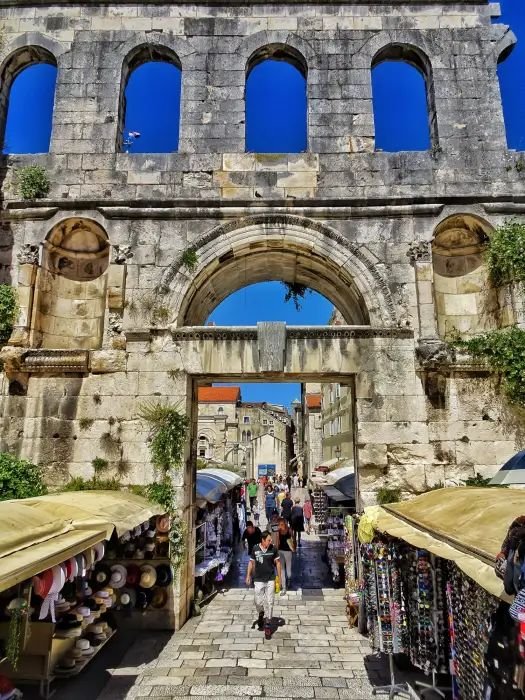
Must-See Attractions
- Dubrovnik – The Pearl of the Adriatic
Dubrovnik is arguably Croatia’s most iconic destination. This UNESCO World Heritage Site enchants visitors with its perfectly preserved medieval walls, cobblestone streets, and terracotta rooftops overlooking the Adriatic Sea. Walking the ancient city walls offers breathtaking panoramic views of the old town and the shimmering coastline. Key highlights include the Rector’s Palace, Orlando’s Column, and the Lovrijenac Fortress. For a spectacular sunset, take the cable car up to Mount Srđ, where you can admire the city’s red roofs against the backdrop of the sea.
- Plitvice Lakes National Park – A Natural Wonderland
Croatia’s oldest and largest national park, Plitvice Lakes is a must for nature lovers. This UNESCO site features 16 interconnected lakes with vibrant turquoise waters, linked by a series of cascading waterfalls and surrounded by lush forests. Visitors explore the park via wooden walkways and boat rides, immersing themselves in a symphony of natural beauty. The park is magical year-round, from the lush greens of summer to the snowy white landscapes of winter.
- Split and Diocletian’s Palace
Split blends ancient history with modern life. At its heart lies Diocletian’s Palace, a remarkably preserved Roman complex that forms the city’s old town. Wander through its maze of narrow streets filled with shops, cafés, and historic sites. The Riva promenade along the waterfront is perfect for an evening stroll with views of the sea. Split also serves as a gateway to the Dalmatian islands, making it a strategic base for island hopping.
- Krka National Park – Spectacular Waterfalls
Krka National Park is famous for its stunning waterfalls, especially Skradinski Buk, a series of cascades where visitors can swim in crystal-clear waters. The park’s wooden walkways offer scenic views of the river and surrounding landscapes. A boat trip to Visovac Monastery, located on a small island in the Krka River, adds a cultural touch to the natural adventure.
- Hvar Island and Town
Known for its sunny weather, lavender fields, and upscale vibe, Hvar is a jewel of the Adriatic. The town of Hvar boasts medieval architecture, including Europe’s oldest public theater. Visitors enjoy beautiful beaches, vibrant nightlife, and local vineyards. The nearby town of Stari Grad offers a quieter, historic atmosphere.
- Zagreb – The Capital’s Charm
Zagreb offers a blend of history, culture, and modernity. Explore the Upper Town (Gornji Grad) with landmarks like St. Mark’s Church and Lotrščak Tower. The Dolac market is a lively spot to experience local life, while Lenuci’s Horseshoe—a series of parks and squares—provides green spaces for relaxation. Zagreb’s museums, galleries, and café culture make it a vibrant city to explore.
- Pula – The Roman Treasure
Pula is renowned for its remarkably preserved Roman amphitheater, the Pula Arena, which hosts concerts and festivals. The city also features ancient temples, medieval churches, and a charming waterfront. Nearby, the Brijuni Islands National Park offers archaeological sites and natural beauty.
- Šibenik – Heritage and History
Šibenik is home to two UNESCO World Heritage Sites: St. James Cathedral and St. Nicholas Fortress. The city’s fortresses, including St. Michael’s and Barone, host alfresco concerts and provide stunning views. Šibenik combines cultural heritage with a lively coastal atmosphere.
- Pag Island – Unique Landscapes and Culture
Pag is famous for its lunar-like landscapes, world-class sheep’s milk cheese (Paški sir), and vibrant summer beach parties at Zrće. Beyond nightlife, visitors can explore ancient olive groves and the mysterious Pag Triangle.
- Central Istria – Truffles and Medieval Towns
Central Istria’s rolling hills are dotted with vineyards, olive groves, and medieval towns like Motovun and Buzet. The region is famous for truffle hunting, mountain biking, and paragliding, offering a mix of outdoor adventure and gourmet experiences.
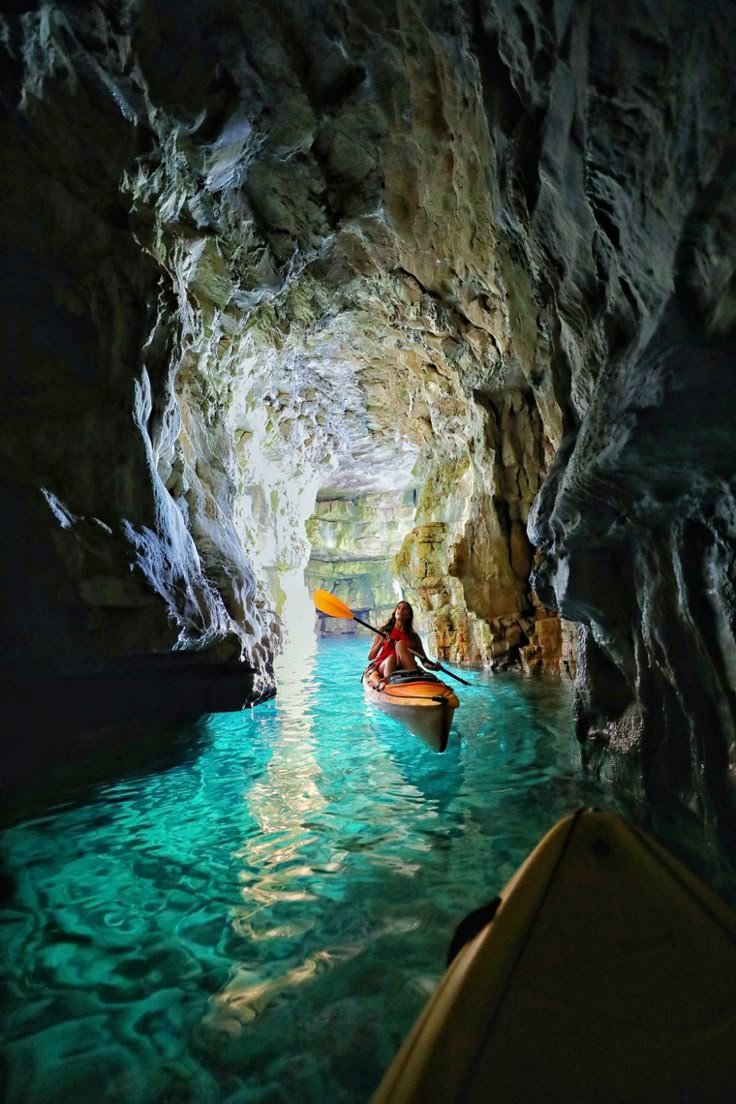
Must-Do Activities
- Walk the Dubrovnik City Walls
One of the most iconic experiences in Croatia is walking the 2-kilometer-long city walls of Dubrovnik. This elevated path offers unparalleled views of the Adriatic Sea and the red-tiled roofs of the old town. It’s a journey through history, with towers and forts along the way.
- Explore Plitvice Lakes by Foot and Boat
Hiking the wooden trails around Plitvice Lakes is a must. The park’s network of paths takes you past waterfalls, through forests, and alongside crystal-clear lakes. A boat ride across the largest lake offers a peaceful perspective of the park’s beauty.
- Island Hopping in the Dalmatian Archipelago
Croatia’s islands are a playground for travelers. Take ferries or private boats to explore Hvar, Brač, Korčula, Vis, and more. Each island has its own character—whether it’s Hvar’s nightlife, Brač’s Zlatni Rat beach, or Vis’s untouched nature.
- Swim Under Waterfalls at Krka National Park
Unlike Plitvice, swimming is allowed at Krka’s Skradinski Buk waterfall. Take a refreshing dip in the cool waters surrounded by stunning scenery. Combine this with a boat trip to Visovac Monastery for a cultural excursion.
- Discover Diocletian’s Palace in Split
Spend time wandering through the living Roman palace in Split. Visit the Peristyle square, the Cathedral of Saint Domnius, and the bustling markets. The palace is not just a monument but a vibrant part of city life.
- Attend Festivals and Cultural Events
Croatia’s calendar is packed with festivals, from the Dubrovnik Summer Festival featuring music and theater to the Šibenik International Children’s Festival. The island of Pag hosts famous electronic music parties at Zrće beach, while Zagreb offers film and food festivals year-round.
- Taste Local Wines and Truffles in Istria
Join a wine tasting tour in Istria’s vineyards, sampling Malvazija whites and robust reds. Truffle hunting excursions around Motovun and Buzet offer a unique culinary adventure in the heart of Croatia’s gourmet region.
- Paraglide Over Central Istria
For adrenaline seekers, paragliding over the green hills of Istria provides breathtaking views and an unforgettable experience. Mountain biking and hiking trails also abound in this scenic region.
- Explore Zagreb’s Historic and Modern Sides
Take a free walking tour of Zagreb’s Upper Town, visit museums, and enjoy the city’s café culture. For history enthusiasts, tours focusing on Croatia’s recent past, including the War of Independence, provide deep insights.
- Relax on Zlatni Rat Beach, Brač Island
Zlatni Rat, or the Golden Horn, is one of Croatia’s most famous beaches. Its unique shape shifts with the wind and tides, making it a natural wonder. The beach is perfect for sunbathing, windsurfing, and swimming.
Croatia in 2025 offers a perfect blend of history, nature, and culture. From walking ancient city walls and swimming beneath waterfalls to savoring local wines and exploring medieval towns, the country invites you to create memories that last a lifetime. Whether you’re an adventurer, a history buff, or a beach lover, Croatia’s must-see attractions and must-do activities promise an enriching and exhilarating travel experience.
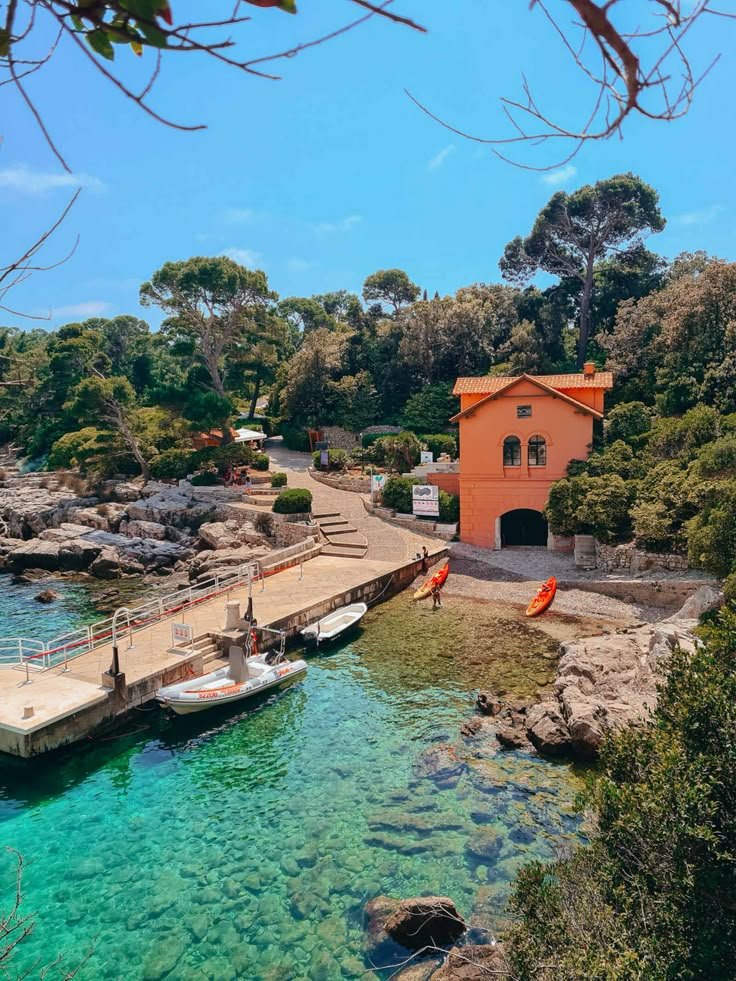
Travel Tips
Croatia continues to be one of Europe’s most captivating destinations in 2025, offering a blend of stunning coastlines, historic cities, and vibrant culture. To ensure your trip is enjoyable and hassle-free, you must be well-prepared. Here’s a comprehensive guide covering safety advice, local customs, and language basics to help you navigate Croatia like a savvy traveler.
Safety Advice
General Safety
Croatia is considered a very safe country for tourists, with low rates of violent crime and a welcoming atmosphere. However, like any popular tourist destination, petty crime such as pickpocketing and purse snatching can occur, especially in crowded areas like markets, public transport hubs, and popular tourist sites in cities such as Dubrovnik, Split, and Zagreb. To stay safe:
- Always keep an eye on your belongings, especially in busy places.
- Avoid displaying signs of wealth, such as expensive jewelry or large amounts of cash.
- Use hotel safes or secure lockers for passports and valuables.
- Carry photocopies or digital copies of important documents like your passport and travel insurance.
- Be cautious when using ATMs; prefer those inside banks or reputable businesses and cover your PIN.
- Use official taxis or ride-hailing apps like Bolt or Uber to avoid overcharging or scams.
- Confirm prices before ordering drinks or services in bars and clubs to avoid disputes.
Road and Transport Safety
Driving in Croatia is generally safe but requires caution, especially on coastal and rural roads that can be narrow, winding, and sometimes poorly maintained. Key points to remember:
- Seatbelts are mandatory for all passengers.
- Speed limits are strictly enforced with cameras.
- Headlights must be on dipped beam from November 1 to March 31 during the day, and year-round for motorcycles and scooters.
- Carry a reflective vest in the car and wear it if you stop on the road.
- The legal blood alcohol limit is 0.05%, lower than in some countries, and zero for drivers under 24.
- If renting a car, ensure you have an International Driving Permit if required by your home country.
- Be alert for aggressive local drivers, especially in summer when traffic is heavier.
Public transport, including buses and trains, is generally safe and reliable. When traveling by boat or yacht along the Adriatic, remember that alcohol consumption while in charge of a vessel is illegal and heavily penalized. Register your presence with local authorities if required.
Health and Emergency Services
Croatia has good healthcare facilities, especially in major cities and tourist areas. Tap water is safe to drink throughout the country. Emergency services can be reached by dialing 112 for police, fire, or medical assistance.
If you plan outdoor activities like hiking or climbing, be aware that some remote mountain areas still have unexploded landmines from the 1990s conflict. Always stay on marked trails, consider hiring a local guide, and inform someone of your itinerary. Carry travel insurance that covers medical evacuation and rescue.
Beach and Water Safety
The Adriatic Sea is generally safe for swimming, but be mindful of strong currents in some areas. Always respect lifeguard flags and warnings. Jellyfish stings are rare but possible; water shoes can protect your feet from sea urchins and rocky seabeds. Stay hydrated and use sunscreen, especially during the hot summer months.
Local Customs
Greetings and Social Etiquette
Croatians are warm and hospitable people who appreciate polite and respectful behavior. When greeting, a firm handshake with eye contact is common. Among close friends and family, three kisses on the cheek (alternating cheeks) is traditional.
- Address people formally using titles and last names unless invited to use first names.
- It’s customary to say “Dobar dan” (Good day) or “Dobro jutro” (Good morning) when entering shops or restaurants.
- When invited to a Croatian home, it’s polite to bring a small gift such as wine, sweets, or flowers.
- Remove your shoes when entering someone’s home if requested.
- Tipping is appreciated but not mandatory; around 10% in restaurants is standard if service is good.
Dress Code
Croatia’s dress code is generally casual, especially along the coast and in tourist areas. However, when visiting religious sites such as churches or monasteries, dress modestly—cover shoulders and knees. In cities and upscale venues, smart casual attire is preferred.
Dining Customs
Croatian meals are often social occasions. It’s polite to wait for everyone to be served before starting to eat. Saying “Dobar tek” (Enjoy your meal) before eating is customary. When toasting, maintain eye contact and say “Živjeli!” (Cheers!). Avoid rushing; meals can be leisurely affairs.
Public Behavior
Noise levels are generally moderate. Loud or disruptive behavior, especially in historic or residential areas, is frowned upon. Public drinking is restricted in many places, particularly in old towns and city centers. Smoking is banned in indoor public spaces.
Language Basics
Croatian is the official language of Croatia, a South Slavic language written in the Latin alphabet. While English is widely spoken in tourist areas, learning a few basic Croatian phrases can enhance your experience and endear you to locals.
Common Croatian Phrases
English | Croatian | Pronunciation Guide |
Hello | Bok / Zdravo | Bok / ZDRAH-vo |
Good morning | Dobro jutro | DOH-broh YOO-troh |
Good day / Hello | Dobar dan | DOH-bar dahn |
Please | Molim | MOH-leem |
Thank you | Hvala | HVAH-lah |
Yes | Da | Dah |
No | Ne | Neh |
Excuse me / Sorry | Oprostite | Oh-PROH-stee-teh |
How much? | Koliko? | KOH-lee-koh |
Where is…? | Gdje je…? | Gdjeh yeh |
Cheers! | Živjeli! | ZHEEV-lyeh |
Goodbye | Doviđenja | Doh-vee-JEN-yah |
Language Tips
- Croatians appreciate any effort to speak their language, even if it’s just greetings or thank you.
- English is commonly spoken in hotels, restaurants, and tourist attractions.
- In rural areas, knowledge of Croatian or a translation app can be helpful.
Additional Tips and Final Thoughts
Croatia in 2025 is a safe and welcoming destination, but like any travel experience, being prepared enhances your enjoyment. Exercise normal safety precautions, especially regarding petty theft and road safety. Respect local customs by greeting politely, dressing appropriately, and observing dining etiquette. Learning a few Croatian phrases will enrich your interactions and show respect for the local culture.
By following these travel tips, you’ll navigate Croatia confidently and immerse yourself fully in the country’s rich heritage, stunning landscapes, and warm hospitality.
Emergency Contacts in Croatia:
- Police, Fire, Medical: 112

